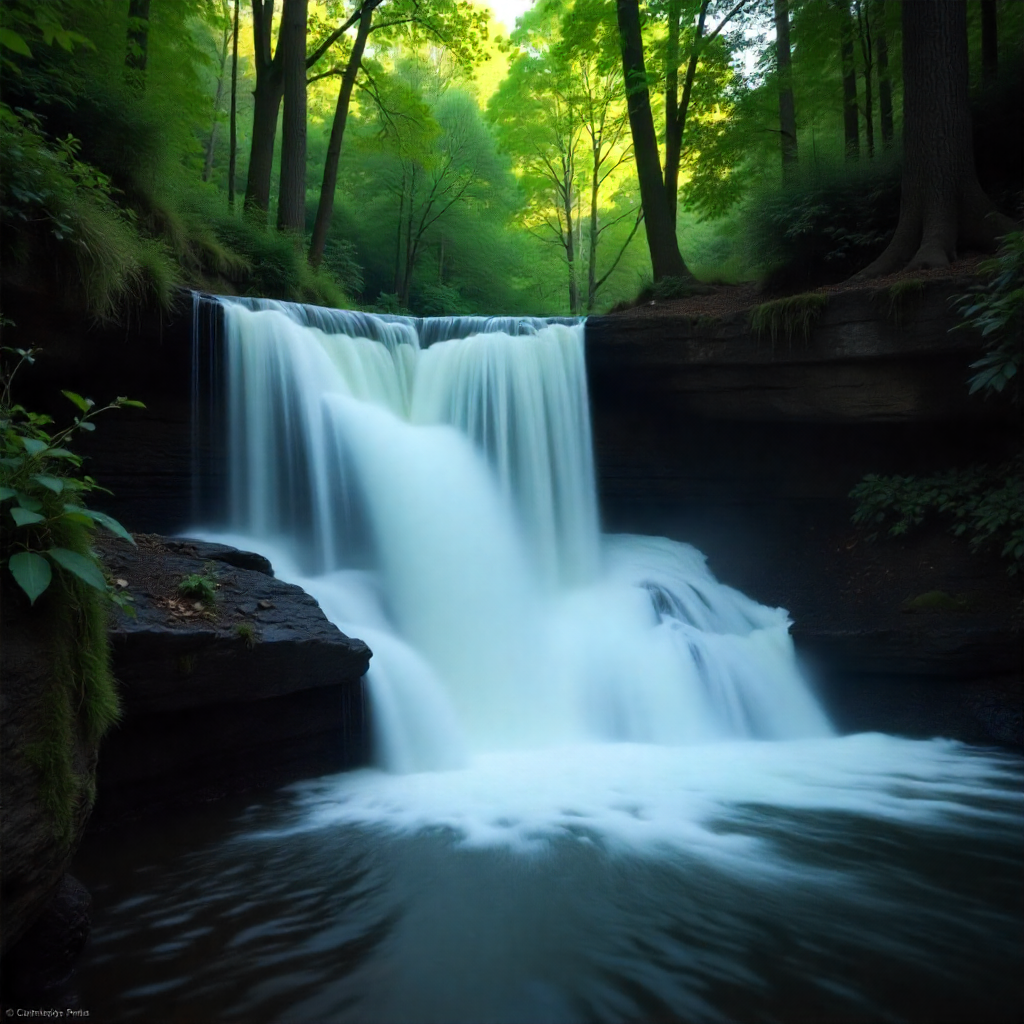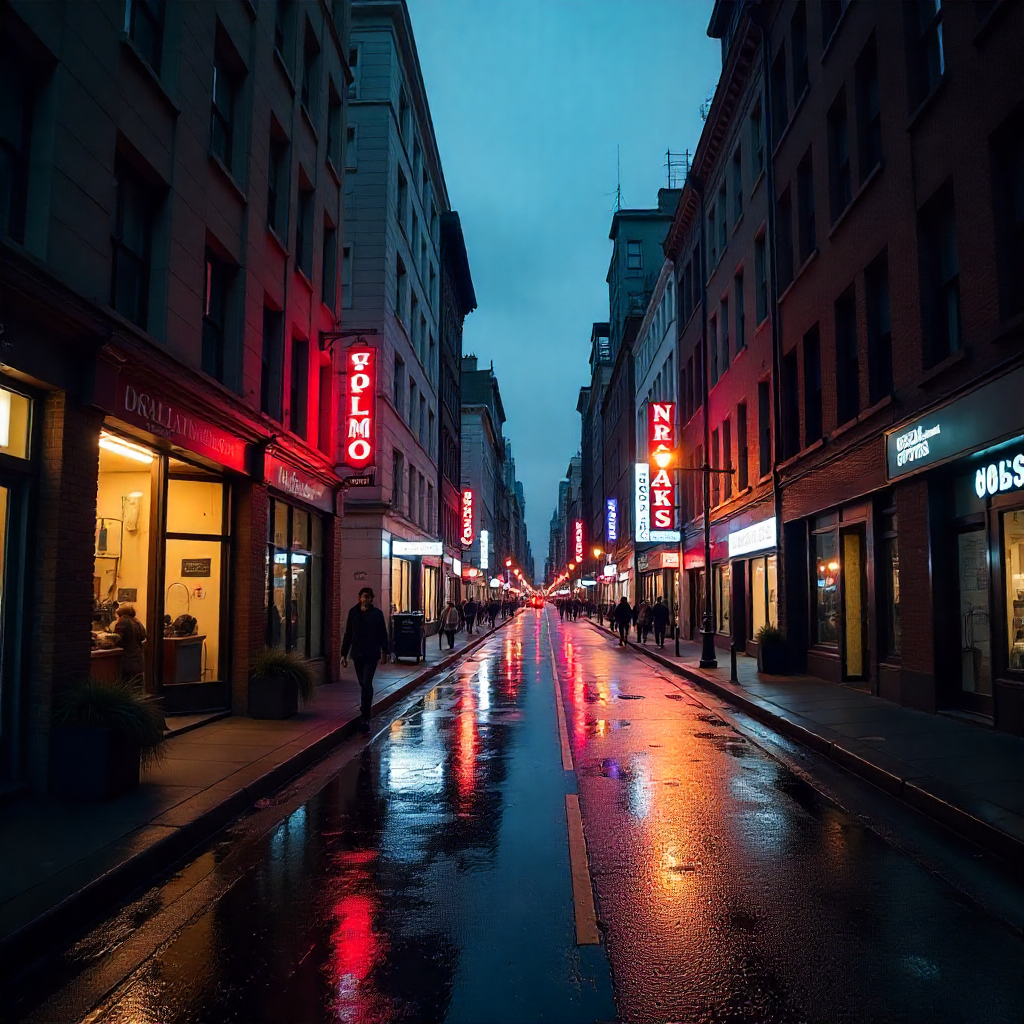Featured Photography Tips
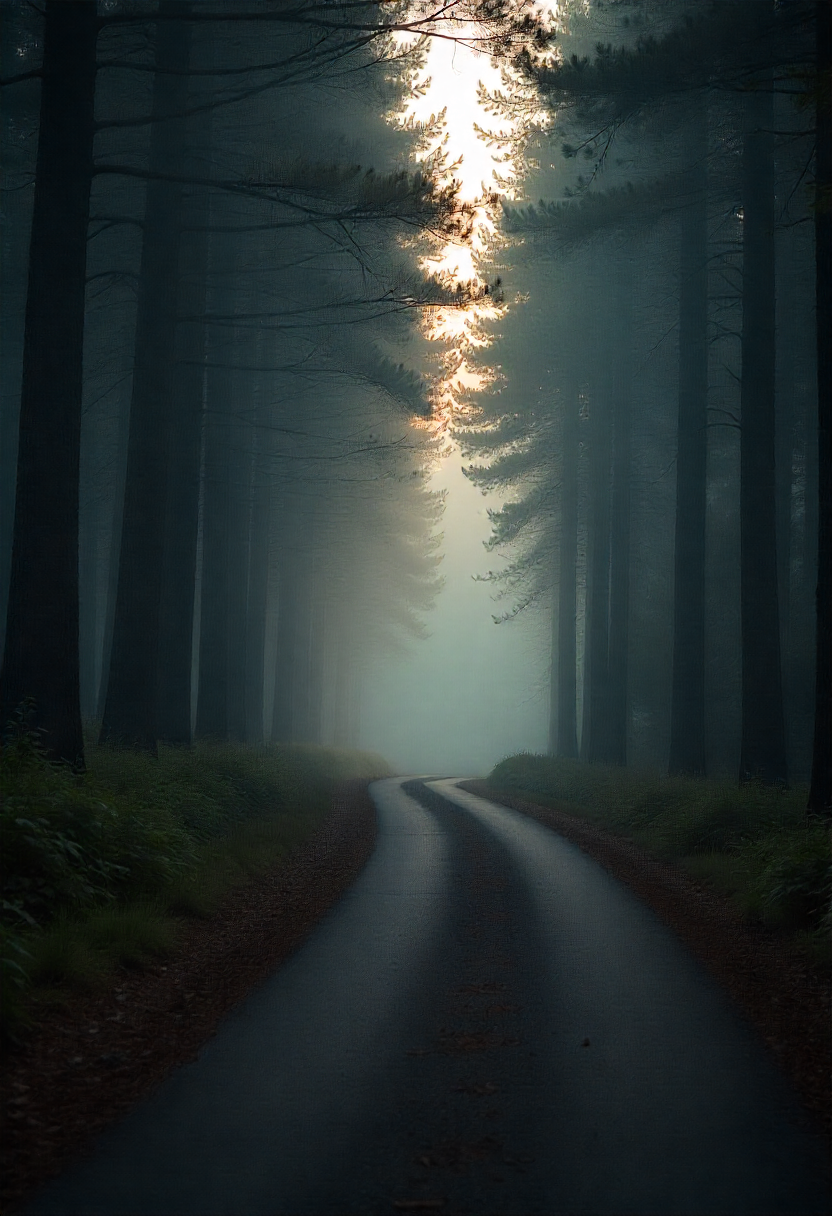
The Rule of Thirds: A Fundamental Composition Technique
The rule of thirds is one of the most well-known principles of photographic composition. It involves dividing your frame into a 3×3 grid and positioning key elements along these lines or at their intersections.
This technique creates more tension, energy, and interest in your composition than simply centering the subject. Most cameras and smartphones have a grid overlay option that you can enable to help you practice this technique.
When photographing landscapes, try aligning the horizon with the top or bottom grid line rather than placing it in the center of the frame. For portraits, position your subject's eyes along the top grid line, ideally at one of the intersections.
Remember that while the rule of thirds provides an excellent foundation for compelling compositions, it's also a guideline that can be broken once you understand its principles.
Understanding Aperture and Depth of Field
Aperture is one of the three key elements of the exposure triangle (along with shutter speed and ISO) and refers to the opening in your lens through which light passes. It's measured in f-stops (like f/1.8, f/4, f/11).
A wider aperture (smaller f-number like f/1.8) allows more light in and creates a shallow depth of field, where your subject is in focus but the background is blurry. This is perfect for portraits where you want to isolate your subject from the background.
A narrower aperture (larger f-number like f/11 or f/16) allows less light in but increases the depth of field, keeping more of the scene in focus from foreground to background. This is ideal for landscape photography where you typically want everything sharp from the foreground to the horizon.
To practice controlling depth of field, try photographing a subject with something in the background at different aperture settings. Notice how the background becomes progressively blurrier as you use wider apertures.
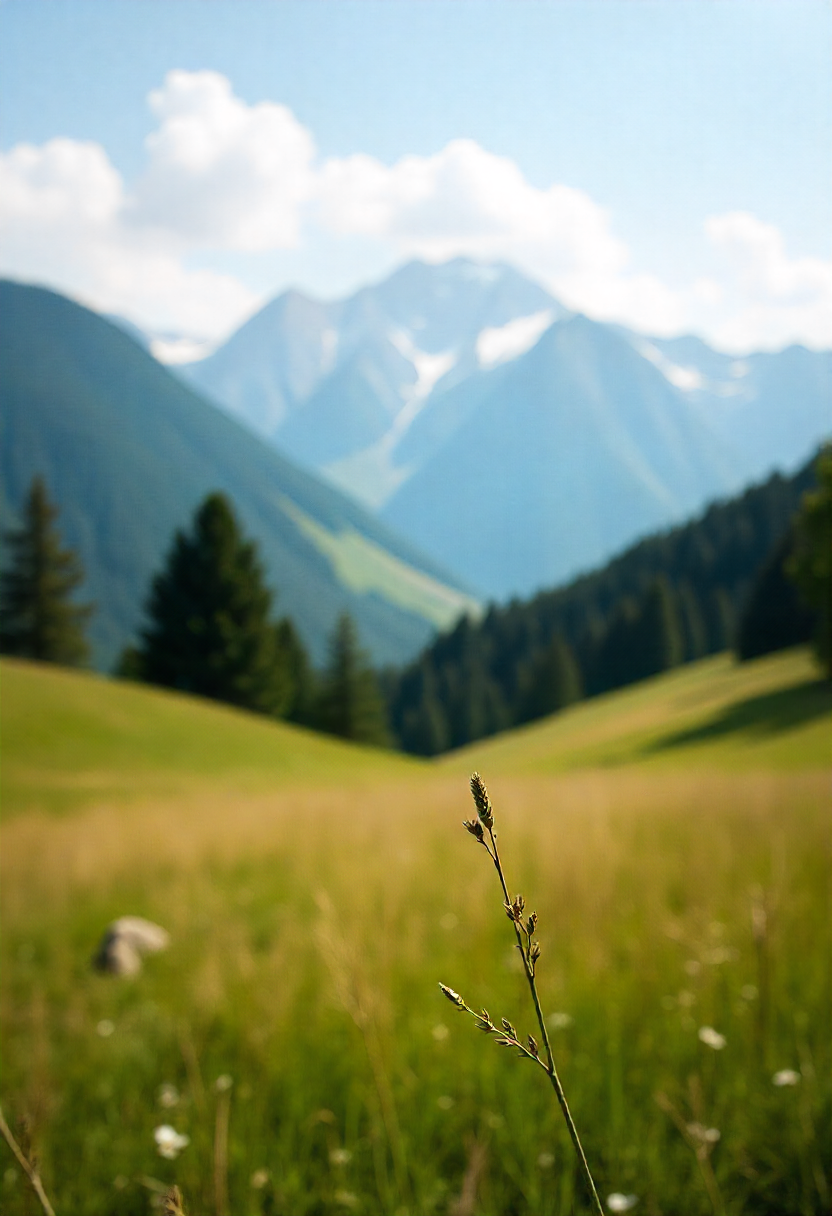
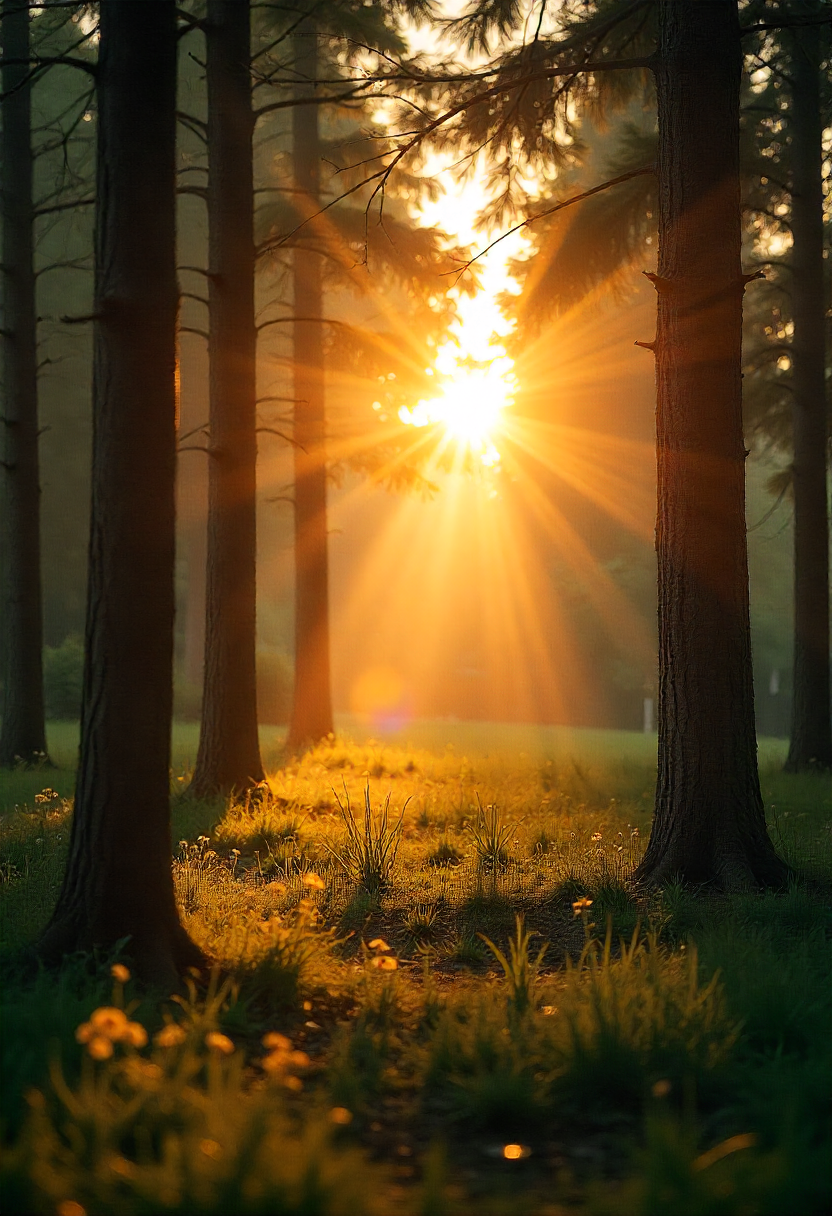
Mastering Golden Hour Photography
The golden hour refers to the period shortly after sunrise or before sunset when the light is softer, warmer, and more diffused than during the rest of the day. This magical light can transform an ordinary scene into something extraordinary.
During golden hour, the sun is low in the sky, creating longer, softer shadows that add depth and dimension to your photos. The warm, golden light enhances colors and adds a beautiful glow to your subjects, making it particularly flattering for portrait photography.
To make the most of golden hour:
- Plan ahead and be ready before the golden hour begins, as it typically only lasts about an hour
- Use apps like PhotoPills or The Photographer's Ephemeris to predict exactly when golden hour will occur at your location
- Experiment with backlighting, where you position your subject between your camera and the sun
- Try shooting directly into the sun for dramatic silhouettes and lens flare effects
- Look for reflective surfaces like water, glass, or metal that will catch and amplify the golden light
Remember that the quality of light changes quickly during golden hour, so be prepared to adapt your settings as the light evolves.
